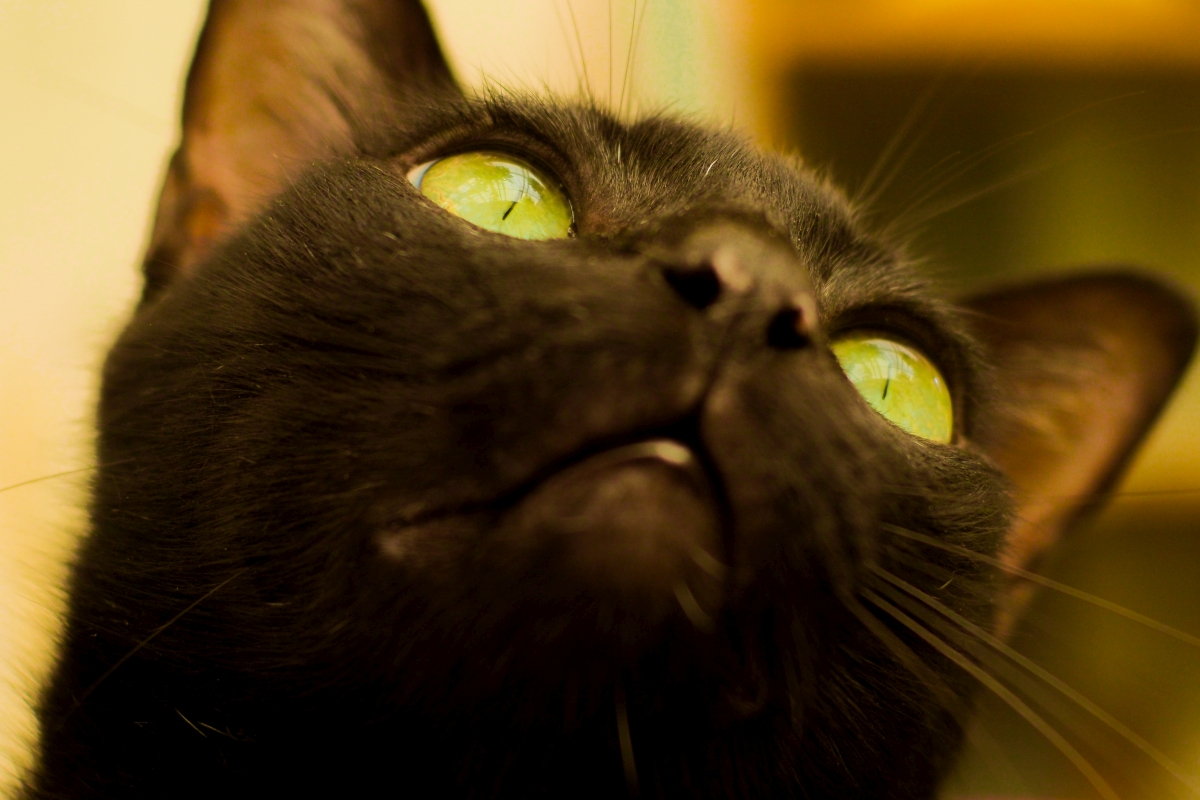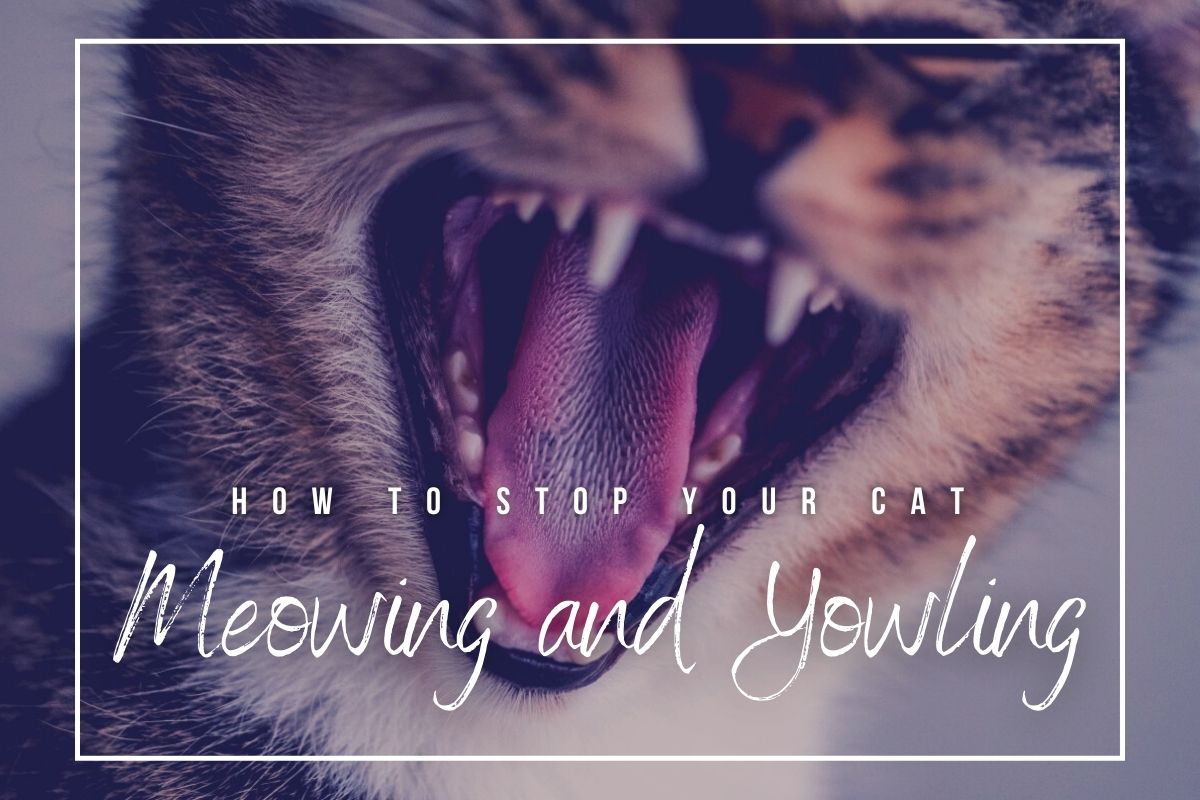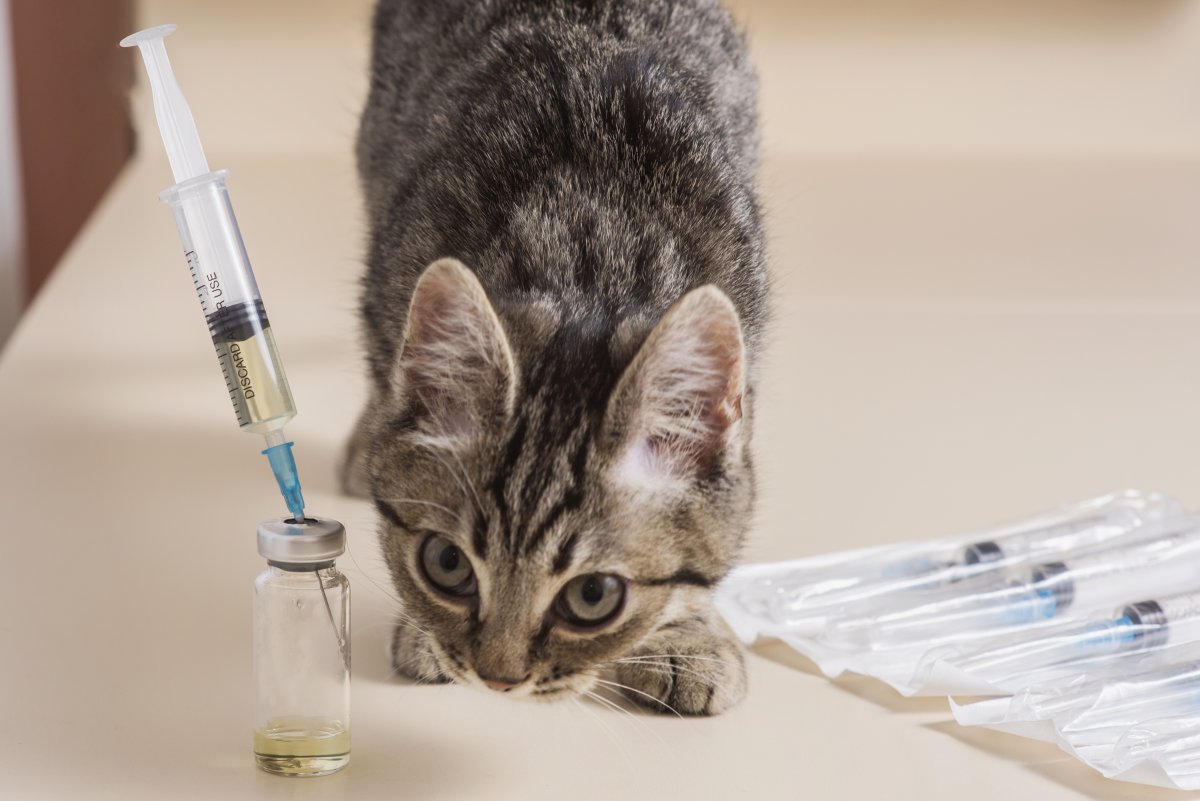You must wonder when you see those shiny cat eyes in pitch dark, whether or not their vision is any different than ours. Well, the answer is definitely yes! Whether it is a stray cat on the side of the road at night, or your domestic cat sitting on your bed at night, you must have noticed their glistening shiny eyes in the dark.
The difference is so evident that the shiny stud on roads is named ‘cat eyes.’ The way those studs guide us on the road in the dark, cats’ eyes help them navigate during the dark and help them carry out their nocturnal activities.
Cat’s night vision is better than humans, and there are many different mechanisms and features that contribute to this. We will be talking about cats’ night vision, how it is different from humans, and why.
How is a cat’s night vision different from that of humans?
Cats can see better in the dark and have a higher level of light sensitivity compared to humans or other mammals. This helps them in getting around, hunting down their prey at night, and carrying out all kinds of nocturnal activities. However, they do not have a very well-defined, sharp vision in terms of color differentiation, texture, depth, and defined lines. They cannot see fine detail, as well as humans can. They cannot see colors as well as humans; neither can they see an object at a far distance.
Cats also have difficulty focusing on near objects. When something is too close to their eyes, it may appear blurry to them due to their inability to focus.
Why can cats see in the dark?
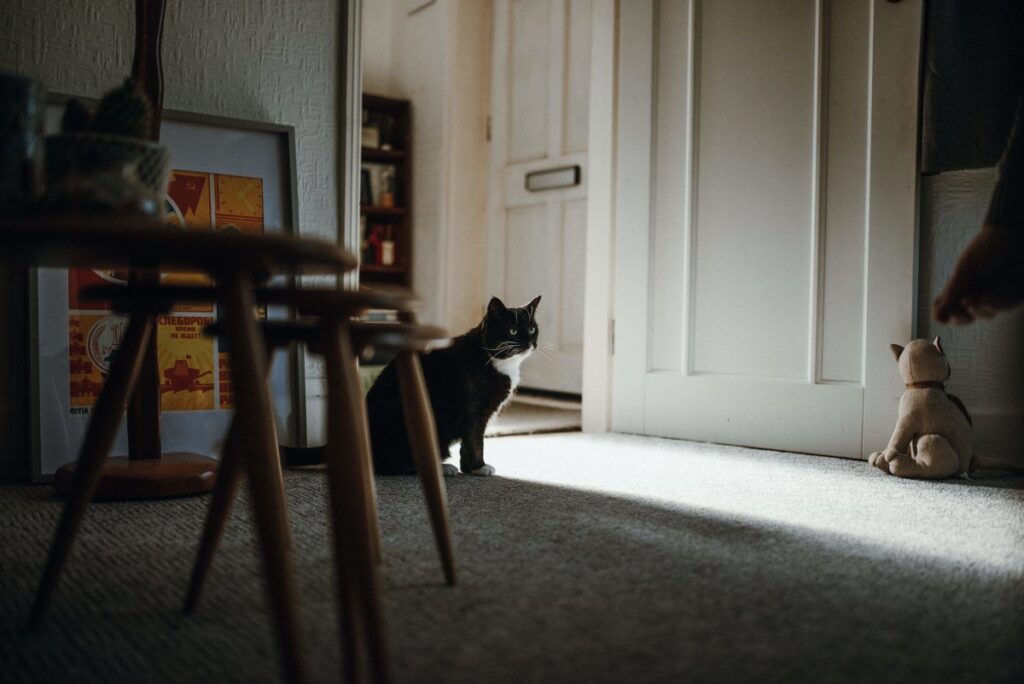
To understand this difference, it is important to remember that there are two different types of cells for vision in the retina. One is calls rods, and the other type of cell is known as cones. Rods are the cells responsible for vision in dim light, i.e., the dark. They need a very small amount of light to be stimulated. Rods help in differentiating form and viewing figures and shadow at night time. Cones are the photoreceptors responsible for color vision, sharp images, and viewing objects from a distance.
What are rods, and how do they help cats see at night?
It is well known that a cat’s eye is rich in rod cells. This abundance in rod cells, compared to a human eye, is the explanation for a cat’s night vision. Rods help cats to view shades of grey and detect the brightness of the light. On the other hand, cats (as well as dogs) have a very low concentration of cones; hence they cannot view color as well as humans and other mammals.
What do cats see in the dark?

During the nighttime, in low light intensity, cats also have a slightly wider field of vision than humans. Field of vision is the width of the area visible to the eye, provided that the eyes are fixated at a particular point. A cat’s field of vision is around twenty degrees wider than that of humans. This helps them in getting around easily and be more aware of their surroundings and any signs of danger.
How good is a cat’s night vision?
Well, the question has already been answered, but it is important to note how well cats see at night. A rough estimation shows that a cat generally needs one-sixth the amount of light that a human needs to see in the dark.
What helps cats see at night other than rods?
Rods alone cannot be given sole credit for the cat’s extremely superior night vision. A cat’s eye contains an additional structure called the tapetum. The purpose of this structure is to further enhance their vision at night and make them well adapted to their nocturnal lifestyle. Tapetum can be compared to a mirror as it reflects light that passes between rods and cones to the photoreceptors. This gives an additional chance to the photoreceptors to pick up any speck of light and enhances the cat’s night vision by several folds.
Is the eye size and shape any different from the humans?
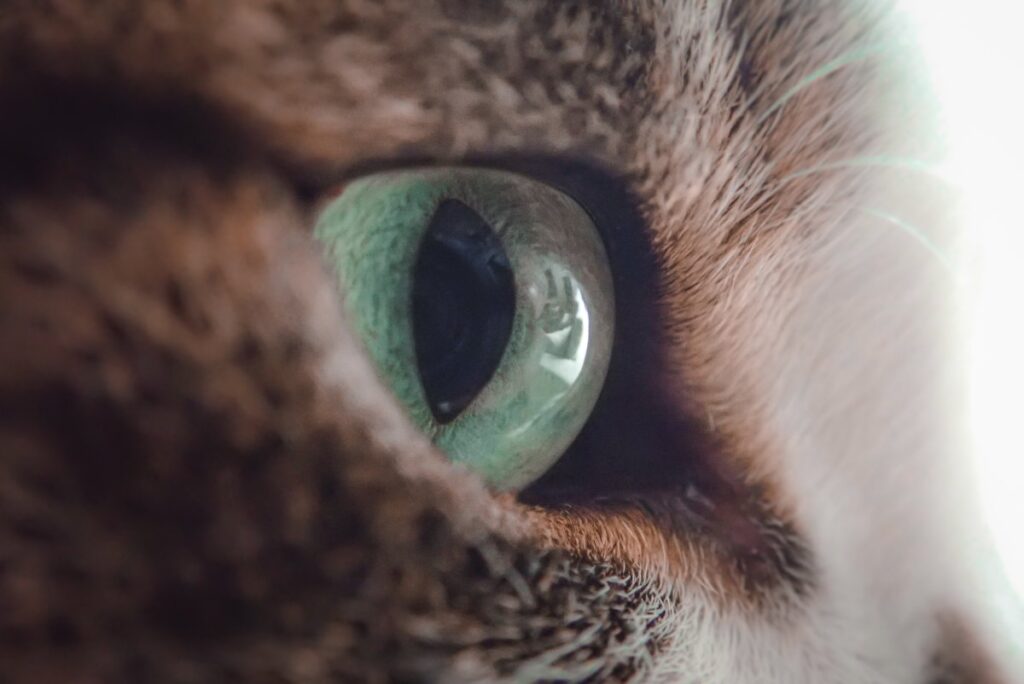
Do cats see in the dark? Yes. Is it only because of the internal eye structures? No. The distinctive elliptical shape of the eye has a crucial role to play in the cat’s night vision. Also, a cat’s eyes are oriented vertically. Both of these unique features allow a cat to open their eyes much more widely than humans. This helps the maximum amount of light to enter their eye and reach the photoreceptors placed in the retina. Cats also have a larger pupil (the hole that allows light to enter the eye).
Benefits of a cat’s night vision to him/her
Cats have a very nocturnal lifestyle, and most of their activities take place at night. Cats go on hunting expeditions at night. Even though domestic cats do not need to hunt to feed themselves, and it is not necessary for their survival, they still have the hunting instinct. Cats’ mating patterns are also usually past midnight.
So despite not being able to see in complete darkness, cats need very little light to find their way and to aim for their prey during their hunting trips. This is why no matter how late your cat goes out at night, they seldom get lost. A cat’s night vision helps them find their way back home.
A cat’s night vision is one of the many examples of how nature has carefully crafted every feature in every creature to best suit its need and lifestyle pattern. Evolution is one of the plausible explanations for this.
Humans need sight to perform more skilled functions, for reading, writing, etc., and hence they require color recognition, sharp vision, near and far accommodation. These needs are nonexistent for felines; hence their eye structure is best adapted to their requirements. This gives them a much superior vision in dim light.

